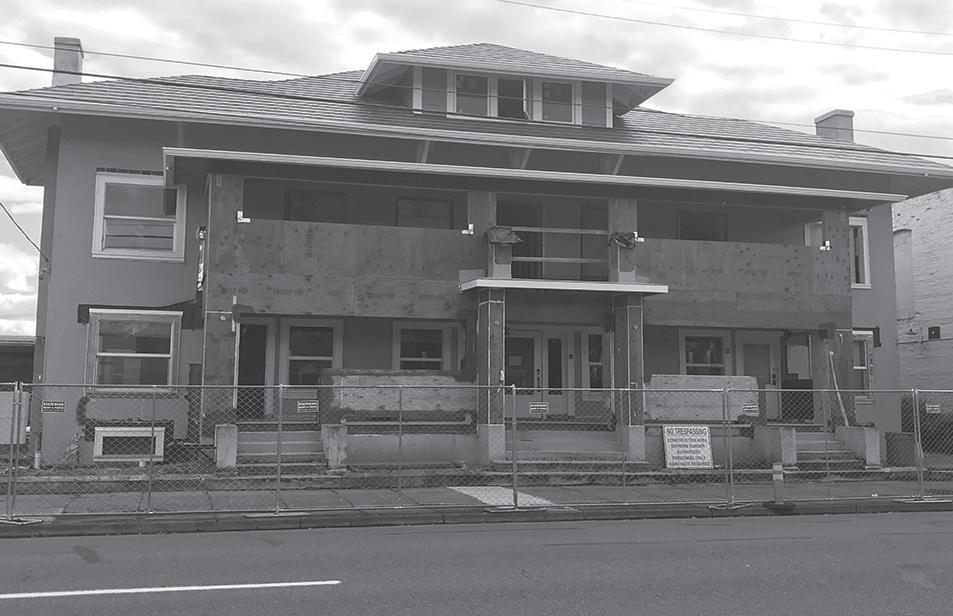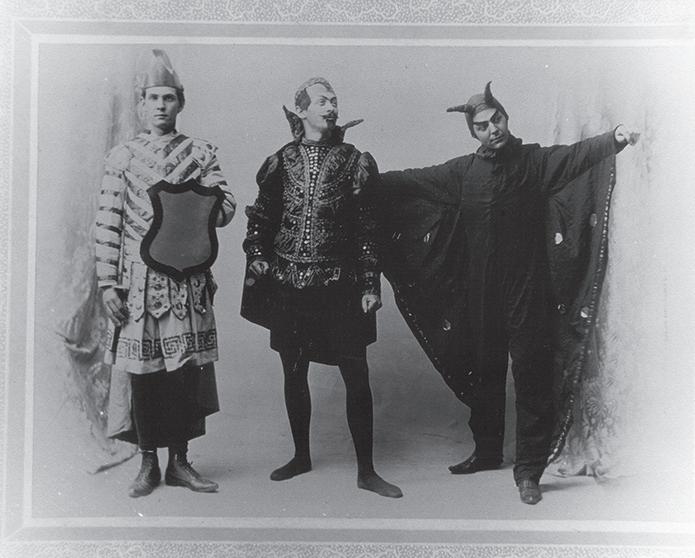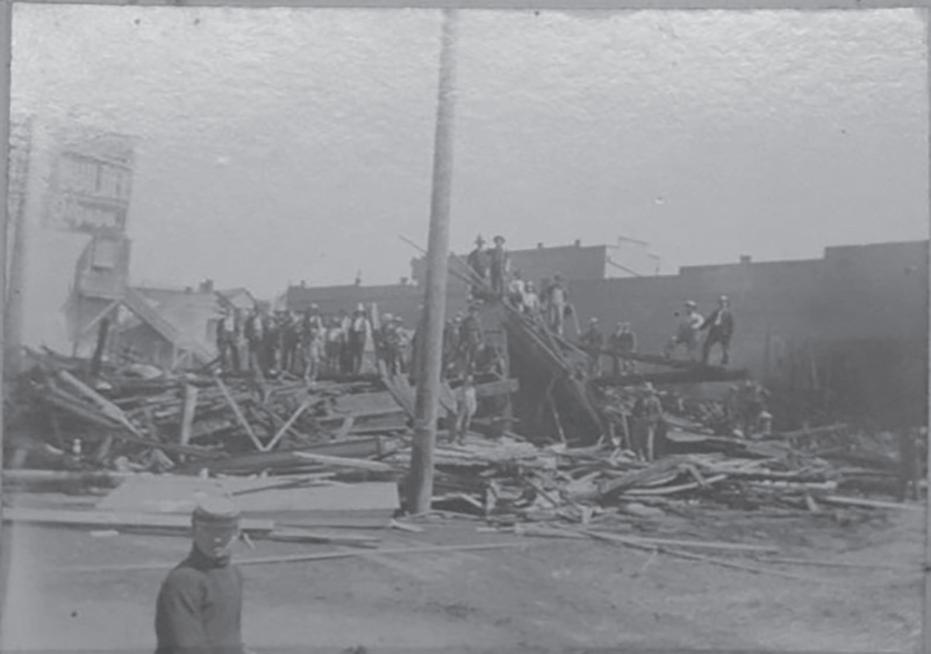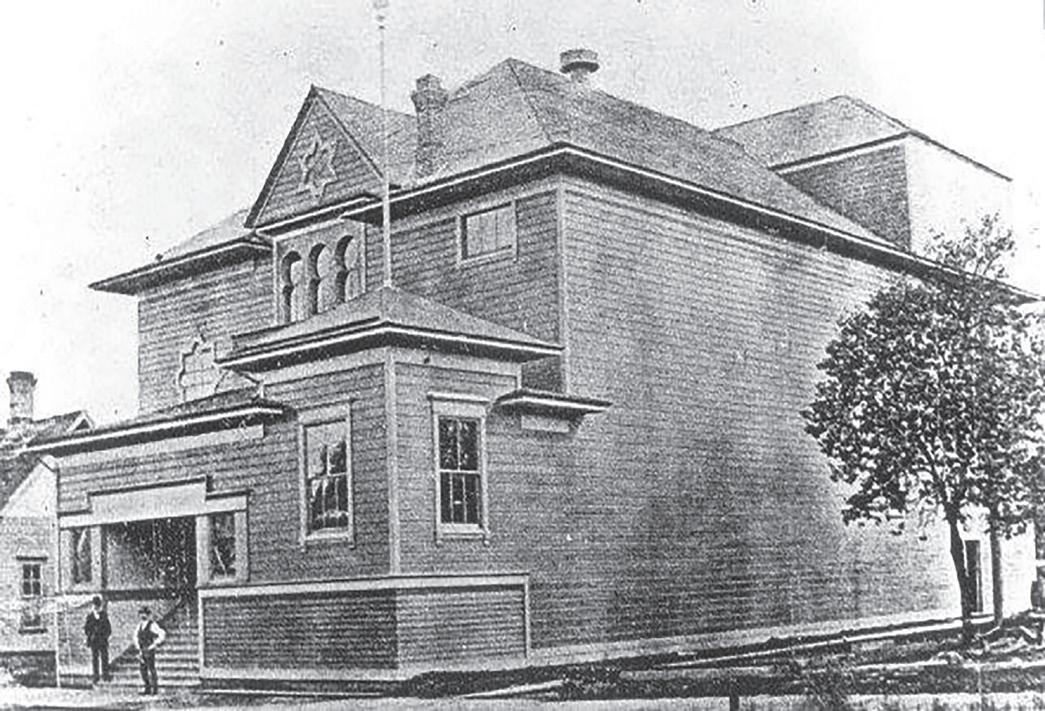
2 minute read
How to Live in an Opera House
Rebirth of the Opera House
HOW AN OLD OPERA HOUSE IS BEING RENOVATED INTO APARTMENTS
Advertisement
By Tyler Stacy
Buildings often have more to say than people. They are around longer, they are everstill, and most of all, their use changes. At the 1st Avenue Apartments, this is the case. What may seem like an old apartment now was once part of Albany’s lively entertainment and culture scene. The Spruce Apartments used to be the Albany Grand Opera House. Interestingly enough this was not the first opera house in Albany. After the first one burned in a fire on July 7, 1898, the people of Albany were desperate for a new one. In an June 28, 1901, issue of the Albany Democrat Herald newspapers, this desperation is clear.
After much pleading, Charles Burggraf, a well known Albany Architect and IR Schultz, a insurance provider at the time, built a new opera house in 1902 on 222 East 1st Avenue. Despite its name, the Opera House rarely housed opera. In fact, the opera house saw orchestra music, vaudeville acts, choirs, religious services, dramas, plays, and moving pictures. To the chagrin of some, the Albany Grand Opera House closed in 1916 after changing owners and names a few times. In 1921, the building was torn down and rebuilt as apartments using the materials from the original building. This year, the exactly 100 year old building is receiving a makeover and a new name. Glorietta Bay LLC has been renovating the building and will be giving it the name “Opera House Apartments.” A commemoration plaque will be placed on the building detailing the history of the site. Once the renovations are finished, people will be able to rent out apartments at the historical location.

Photo taken by Tyler Stacy Construction has started on the Opera House apartments. A newly added second floor balcony is visible. Three performers posing for a photo
This was the old Albany Opera House at 2nd and Ferry, which burned July 7, 1898 at 5 a.m.
Special thanks to Bill Maddy and Erica Broad of the Albany Regional Museum, Albany Landmark Commission, Lepman Properties, and Hasso Hering.
WHO WAS CHARLES BURGGRAF?
Charles Burggraf was an architect of public buildings such as courthouses, hospitals, university buildings, schools and churches. Among his works are courthouses for nine of Oregon’s 36 counties. He also designed churches, commercial buildings, at least one hotel and one bank and one library, and other buildings.
Source: Bill Maddy

Used with permission of the Albany Regional Museum

Used with permission of the Albany Regional Museum











